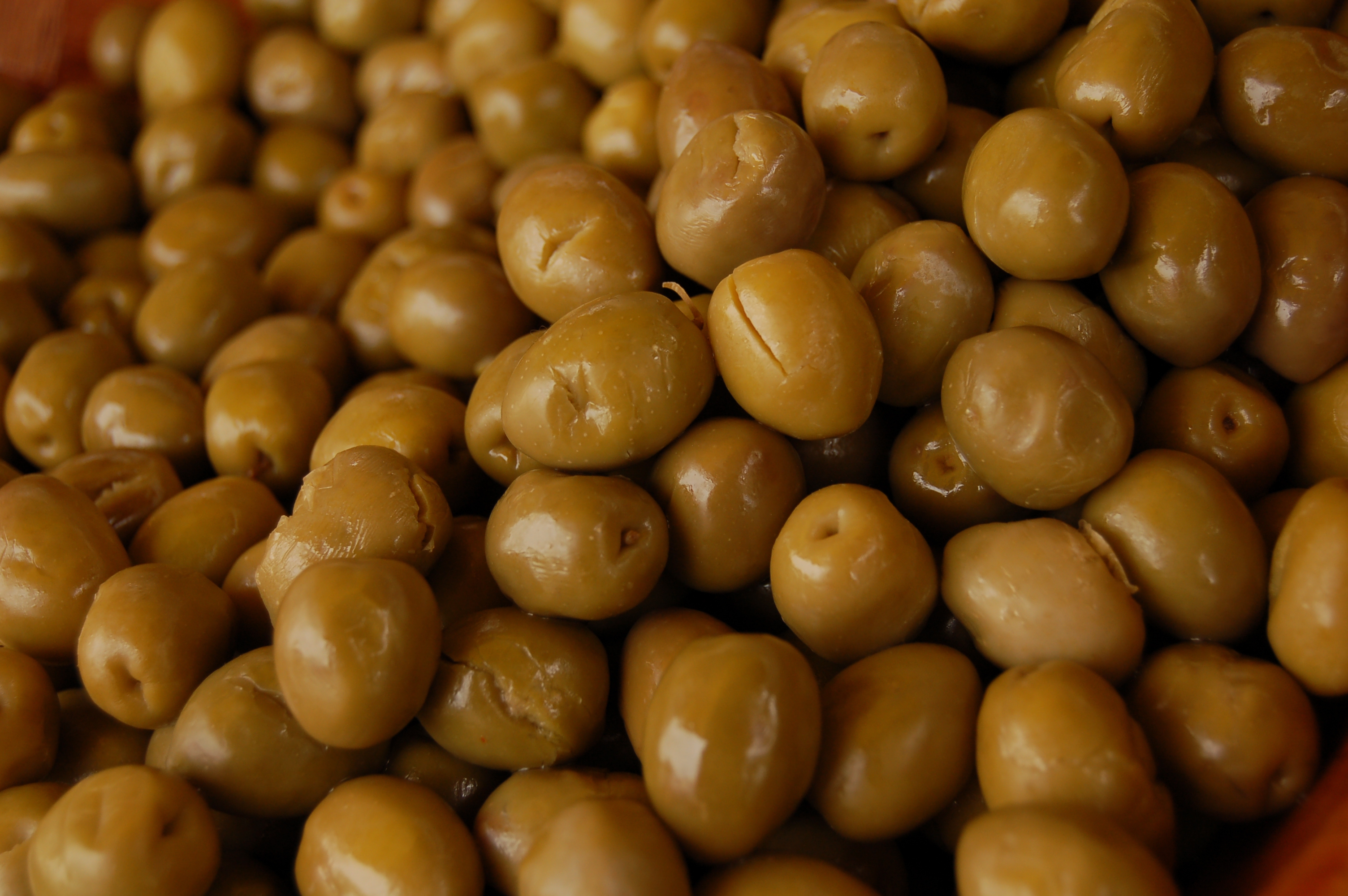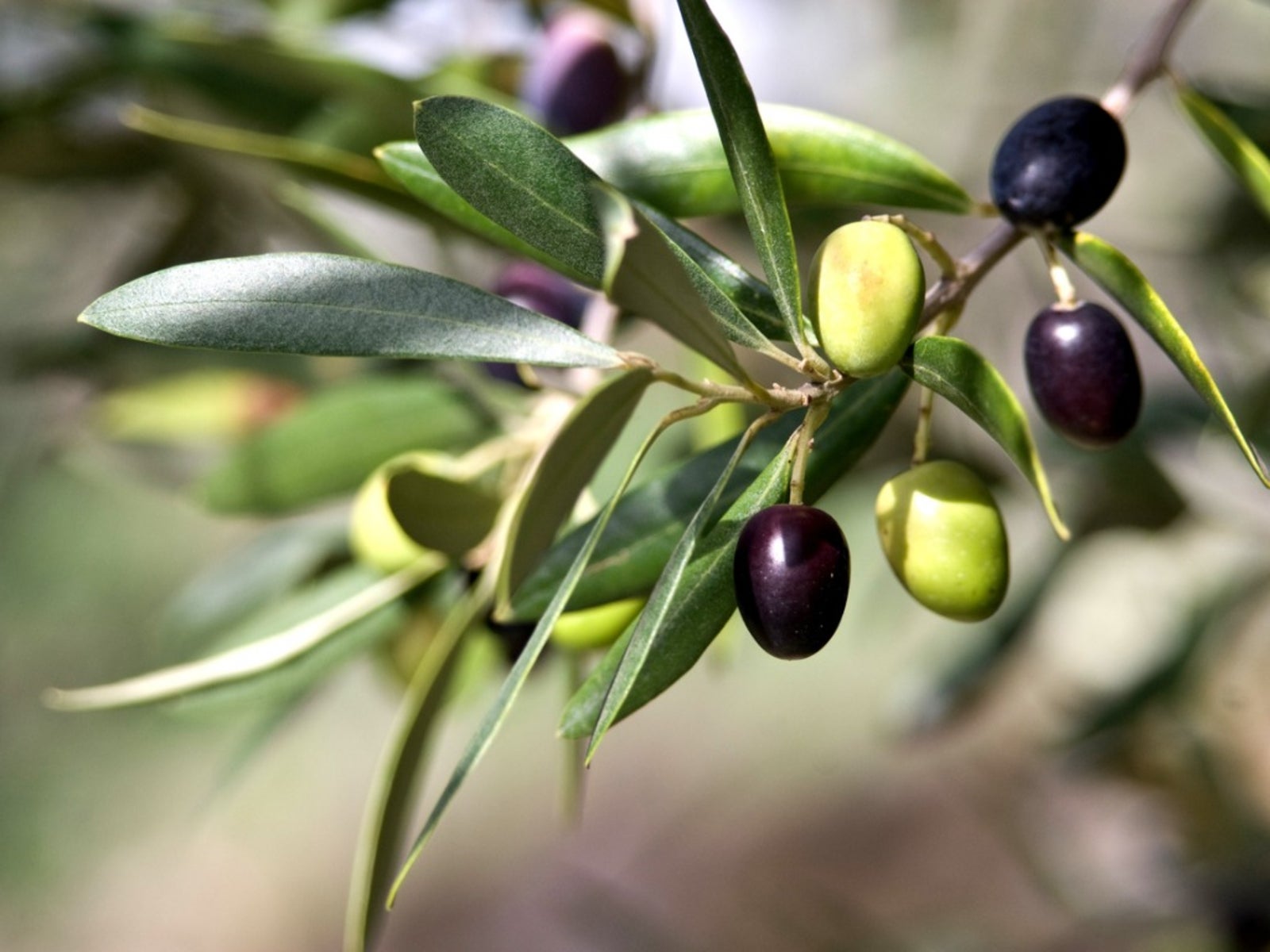Olive Tree and Fruit Characteristics: Olive Definition
Olive definition –
The olive tree (Olea europaea) is an evergreen tree belonging to the family Oleaceae. It is native to the Mediterranean region, where it has been cultivated for thousands of years. Olive trees are typically small to medium-sized, with a gnarled trunk and silvery-green leaves. They are relatively slow-growing trees, but they can live for centuries.
The olive, a fruit of the olive tree, is a symbol of peace and abundance. Its oil has been used for centuries for cooking, lighting, and medicinal purposes. In the world of gambling, the term “casino” originates from the Italian word “casa”, meaning “house”.
A casino is a place where people can wager money on games of chance, such as roulette, blackjack, and casino meaning. While the olive represents tranquility and nourishment, the casino embodies the thrill of risk and the allure of fortune.
Olive trees produce small, oval-shaped fruits called olives. Olives come in a variety of colors, including green, black, and purple. They are typically harvested in the fall and can be eaten fresh, pickled, or pressed for oil.
Olive, a fruit of peace and longevity, stands as a beacon of resilience amidst life’s tempests. Its pitted form, akin to the umbrella pit , a testament to the strength that lies within vulnerability. Like the olive, we too can endure the trials that come our way, emerging stronger and wiser, our souls forever enriched by the experience.
Nutritional Value and Health Benefits of Olives
Olives are a good source of healthy fats, vitamins, and minerals. They are particularly high in monounsaturated fats, which have been shown to lower cholesterol levels and reduce the risk of heart disease. Olives are also a good source of antioxidants, which can help protect the body from damage caused by free radicals.
In the realm of culinary delights, the olive, with its enigmatic flavor and versatility, stands tall. Its origins, shrouded in antiquity, are as rich as the oil it yields. From the sun-drenched groves of the Mediterranean to the rihanna tomorrow , the olive tree has woven its way into the tapestry of human civilization, leaving an indelible mark on our culinary and cultural heritage.
In addition to their nutritional value, olives have also been shown to have a number of health benefits. These benefits include:
- Reducing the risk of heart disease
- Lowering cholesterol levels
- Protecting against cancer
- Improving bone health
- Reducing inflammation
Olive Oil Production and Uses

The production of olive oil is a centuries-old process that has been refined over time to produce the highest quality oil possible. The process begins with the harvesting of the olives, which are typically picked by hand to avoid damaging the fruit. Once the olives have been harvested, they are washed and crushed to extract the oil. The resulting paste is then pressed to separate the oil from the other components of the olive.
There are several different grades and types of olive oil, each with its own unique flavor and aroma. Extra virgin olive oil is the highest quality olive oil, and it is made from olives that have been cold-pressed to extract the oil. Virgin olive oil is also made from cold-pressed olives, but it may have a slightly lower acidity level than extra virgin olive oil. Refined olive oil is made from olives that have been treated with heat or chemicals to remove impurities. It has a lighter flavor and aroma than extra virgin or virgin olive oil.
Olive oil is a versatile ingredient that can be used in a variety of culinary and non-culinary applications. It is a popular cooking oil, and it can also be used as a salad dressing, marinade, or dipping sauce. Olive oil is also a key ingredient in many beauty products, such as soaps, lotions, and shampoos.
Olive Oil Production Process
- Harvesting: Olives are typically harvested by hand to avoid damaging the fruit.
- Washing: The olives are washed to remove any dirt or debris.
- Crushing: The olives are crushed to extract the oil.
- Pressing: The resulting paste is pressed to separate the oil from the other components of the olive.
- Filtration: The oil is filtered to remove any impurities.
- Packaging: The oil is packaged in bottles or cans for sale.
Grades and Types of Olive Oil, Olive definition
- Extra virgin olive oil: The highest quality olive oil, made from olives that have been cold-pressed to extract the oil.
- Virgin olive oil: Also made from cold-pressed olives, but may have a slightly lower acidity level than extra virgin olive oil.
- Refined olive oil: Made from olives that have been treated with heat or chemicals to remove impurities. Has a lighter flavor and aroma than extra virgin or virgin olive oil.
Culinary and Non-Culinary Uses of Olive Oil
- Cooking oil: Olive oil is a popular cooking oil, and it can be used in a variety of dishes.
- Salad dressing: Olive oil is a key ingredient in many salad dressings.
- Marinade: Olive oil can be used as a marinade for meats, fish, and vegetables.
- Dipping sauce: Olive oil can be used as a dipping sauce for bread, vegetables, and other foods.
- Beauty products: Olive oil is a key ingredient in many beauty products, such as soaps, lotions, and shampoos.
Cultural and Historical Significance of Olives

Olives have a rich and storied history, with their cultivation and use dating back thousands of years. Archaeological evidence suggests that olives were first cultivated in the eastern Mediterranean region around 6000 BCE. From there, they spread throughout the Mediterranean basin, becoming an essential part of the diet and culture of many civilizations.
Historical Origins and Cultivation
The olive tree is native to the Mediterranean region, and it has been cultivated there for thousands of years. The earliest evidence of olive cultivation comes from the island of Crete, where olive pits dating back to 6000 BCE have been found. Olives were also cultivated in ancient Egypt, Greece, and Rome, and they were an important part of the diet of these civilizations.
Cultural Symbolism and Religious Significance
In many cultures, olives have been associated with peace, fertility, and prosperity. In ancient Greece, the olive tree was sacred to the goddess Athena, and it was believed that the first olive tree was planted by her. In the Bible, the olive branch is a symbol of peace, and it is often used in religious ceremonies.
Role in Art, Literature, and Mythology
Olives have also played an important role in art, literature, and mythology. In ancient Greek art, olives are often depicted in scenes of peace and prosperity. In the Bible, the olive tree is mentioned in many stories, including the story of Noah’s Ark. In modern literature, olives have been used as a symbol of hope and renewal.
The olive, a fruit of the olive tree, has a rich history and symbolism, representing peace, fertility, and wisdom in various cultures. It is also a culinary staple, used in cooking and cosmetics. To delve deeper into the fascinating world of olives, explore nyt connections for insightful articles and discussions on olive cultivation, culinary applications, and cultural significance.
The olive, a fruit with a long history and versatile uses, has been a culinary staple for centuries. Its rich flavor and health benefits have made it a popular choice for various cuisines worldwide. Interestingly, the olive’s connection to today’s world extends beyond its culinary significance.
As we delve into the depths of connections hint today , we uncover the olive’s symbolic representation of peace, unity, and prosperity, reminding us of its enduring relevance in shaping our collective human experience.